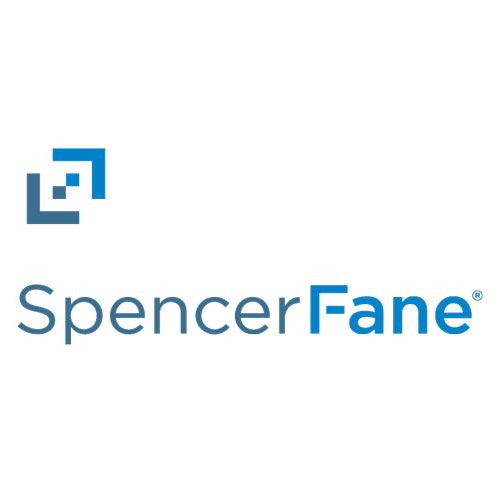Financing unique assets such as aircraft, artwork and other specialized collateral requires a tailored lending approach. Lenders’ counsel should consider the specific characteristics and risks associated with each asset class. These assets, due to their high value, lack of liquidity and market-specific risks, necessitate specialized financing arrangements to secure the loans.
Understanding the Nature of the Asset
- Aircraft: Aircraft financing must factor in aircraft type (commercial, private or cargo), age, condition and market demand for the aircraft. Regulatory compliance and maintenance records are key considerations.
- Artwork: Artwork financing requires an understanding of the piece’s provenance, the reputation of the artist and the current art market trends. Appraisals can be subjective, making the determination of the artwork’s value difficult. Valuation requires specialized expertise and due diligence.
- Other Unique Assets: Luxury yachts, vintage cars, rare collectibles or rolling stock present distinct challenges, with each having unique market dynamics. Lenders must consider intangible factors like market demand, rarity and asset condition.
Valuation and Appraisal
Lenders typically utilize professional appraisals and market comparables, but these basic valuation approaches may be insufficient. Valuating artwork requires lenders and their counsel to understand concepts of attribution, provenance and connoisseurship. Attribution attributes an artwork to a specific artist or school. A work is authenticated and attributed by three methods: provenance, connoisseurship and material analysis. Provenance traces the artwork’s ownership history. Connoisseurship is the informed opinion of experts. Authentication and appraisal are separate processes. Appraisal should be done by a certified professional.
Aircraft valuation uses a more systematic approach: aircraft type and model, age, hours flown, maintenance history and market demand, as well as regulatory and legal registration considerations. Appraising aircraft can be done by a certified appraiser. For other unique assets, such as luxury yachts, specialized yacht surveys are completed where the yachts undergo a thorough inspection process.
Due Diligence and Risk Assessment
Financing unique assets has risks. Artwork may be stolen or faked; therefore, lenders must verify the work’s authenticity and title. Due diligence requires an online search in at least one stolen art database. Because these databases are not complete, a thorough search of an artwork’s provenance should be conducted.
Aircraft have high maintenance costs, are highly mobile and can cross international borders, increasing financiers’ risk for non‑compliance with complex foreign regulations. Domestic and international laws aim to reduce these challenges, but recovering assets after a loan default can be difficult.
In the U.S., the Uniform Commercial Code (UCC), the Transportation Code and Section 1110 of the Bankruptcy Code each have specific requirements to secure a lender’s interest in the collateral. International, relevant treaties include The Convention on International Civil Aviation, The 1948 Convention on the International Recognition of Rights in Aircraft, The 1933 Convention for the Unification of Certain Rules Relating to the Precautionary Attachment of Aircraft, and The Cape Town Treaty. U.S. aircraft registration is governed by the Federal Aviation Administration, while the Cape Town Treaty offers an international registration framework.
Lenders do not want the bankruptcy or insolvency of the owner or any equity investors to jeopardize their interests in the aircraft or artwork. Lenders should consider various Ownership Trust structures, ensuring the title holder to the aircraft or artwork is bankruptcy remote.
Financing Structures, Collateralization and Ownership Trusts
The financing structure of unique assets varies but generally follows a traditional approach of utilizing a loan, note and security agreement. UCC filings will secure a lender’s interest; however, lenders should consider utilizing an Ownership Trust when suitable. An Ownership Trust permits a lender to have a trust and trustee hold title to the assets. This structure facilitates asset recovery and liquidation in the event of borrower default or insolvency. In these structures, the Ownership Trust:
- Borrows most of the funds (typically 80% to 85%) needed to finance the acquisition of the asset;
- Holds the legal title to the asset for the benefit of the lender; and
- Leases or grants use of the unique asset to a business entity, borrower or designee.
Art-secured loans are either collector loans or gallery loans. Collector loans provide financing to art collectors and investors, allowing them to purchase or leverage currently owned art. Terms for collector loans differ primarily depending on the collector’s net worth. Collectors may choose which artworks from their collection would serve as collateral. The maximum loan amount is based on the percentage of the collateral’s appraised value. Gallery loans are business loans to a gallery or art merchant and are usually secured by a gallery’s inventory. Collateral for gallery loans is perfected by filing an Article 9 financing statement in goods or inventory.
Conclusion
Lending on unique assets requires lenders and their counsel to understand each asset class’s specific characteristics, given their high value and specialized financing arrangements. A systematic approach to lending on these assets will allow lenders to maximize profits and minimize default risk.
This article was drafted by Vincent Aiello, an attorney in the Las Vegas office of Spencer Fane who focuses on lending, business and trust matters for high-net-worth clients. For more information, please visit spencerfane.com.









